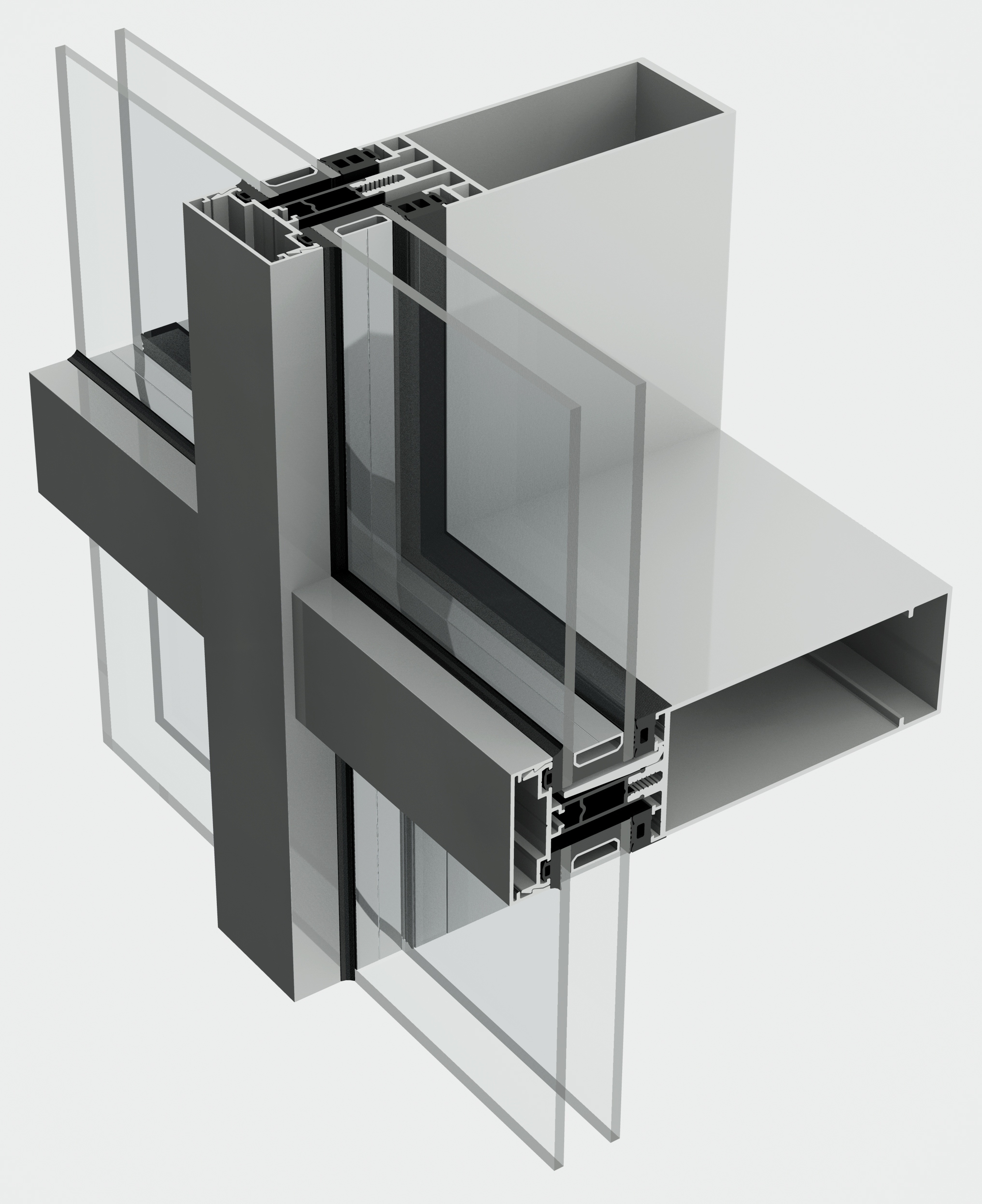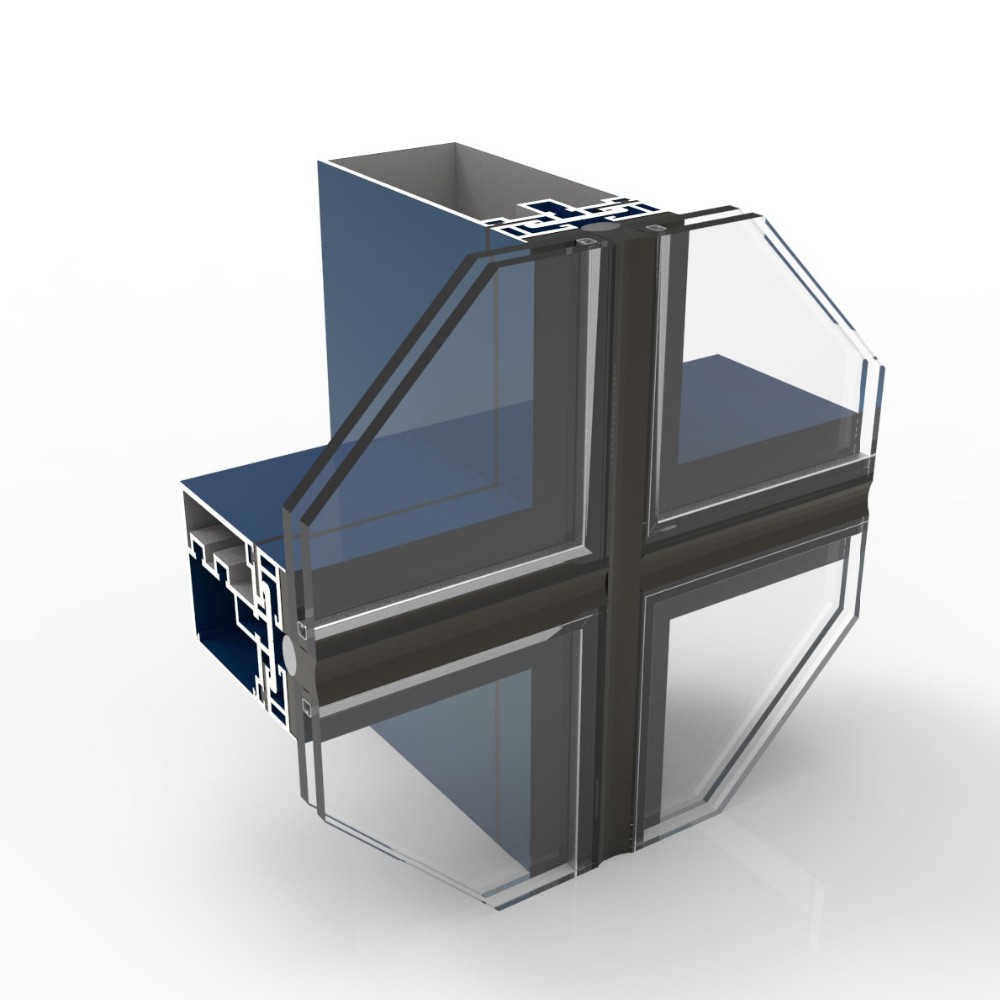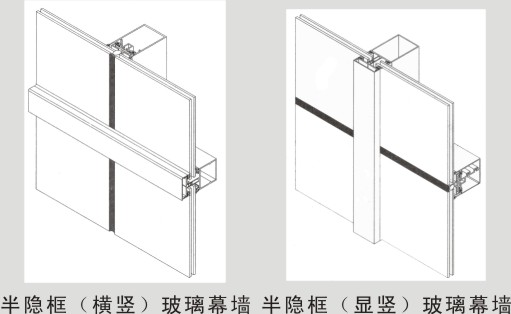Relief printing: A printing method that uses relief printing.
Indirect relief printing (lettrset): a printing method that transfers the ink of the graphic part on the relief printing plate to the surface of the substrate through an intermediate carrier.
Flexography: A printing method that uses flexography to transfer ink through an anilox roller.
Printed sheet: A unit of measurement for the amount of paper used in a book. A single sheet is printed on both sides of a single folio.
Plate shifting (plate shifting): The printing plate is not fixed firmly or the conditions in the printing process change, and the printing plate shifts or falls off.
According to the requirements of the binding form and overprinting method, the imposition arranges the single-block or multi-block printing plates according to certain specifications.
Quotation (quoins): a stopper that secures the printing plate.
Lock device (lockup device): a lock that secures the printing plate.
Platebed (platebed): Flat-press or round-press type printing machine for device printing plate platform.
Block base (block base): bearing flat lead plate, copper zinc plate and thin round lead plate base.
Newspaper printing press: a web printing press for newspaper printing.
Thin stereo type (thin stereo type): A copy of a lead alloy with a thickness of about 2 mm.
Pressure-sensitive label printing: A method of printing labels with a selected method and applying a thin layer of adhesive on the back to make self-adhesive labels; or on special equipment and self-adhesive paper Finish the process of printing labels after work.
Magnetic block base (magnetic block base): the base plate that uses its own magnetic force to attract and fix the printing plate.
Brush martixm olding: Use mechanical or manual methods to find paper patterns from movable type or copper-zinc plates by brushing.
Electroplated stereotype (electro plated stereo type): a relief plate in which a metal layer with high durability is electroplated on the surface of the lead plate.
Makeready: Make padding or scraping on the back of the printing plate or plate holder with paper and other materials, and padding or digging out on the platen or platen to make it meet the printing pressure requirements.
Plated istribution: According to the requirements of the binding form and overprinting method, each printing surface is a unit to divide the printing into several units.
Photoresin relief (photo poly merrelief plare): Photopolymerization relief made of photosensitive resin as a material through exposure and processing. Divided into two categories of solid type and liquid curing type.
Solid photosensitive resin relief plate (solid type photopoly mer plate): A printing plate made of a photosensitive resin material previously formed.
Trial run (trialrun): A sheet-fed printing press uses a certain number of waste pages to print in advance to adjust the ink color or correct the machine or printing plate.
Movable type (typeform): a letterpress type arranged in movable type.
Off-press mounting: In order to shorten the time for down-loading and loading, pre-layout, tightening, adjusting specifications, and preliminary pad mounting operations are performed on the loading table or a dedicated loading proofer in advance.
Indirect relief (letterset): a printing method that transfers the ink of the graphic part of the relief printing plate to the surface of the substrate through an intermediate carrier.
Stereotyping (stereo typing): The process of pouring the lead alloy solution into a stencil making machine with paper patterns, and making the cliche by cooling and solidifying.
Press run: The ratio of the maximum number of prints that can be achieved by the printing plate to the specified standard number of prints within the specified print quality range.
Flat stereo type: Flat stereotypes for flat and round presses.
Stereotype (stereo type): A copy of a lead alloy cast in paper form.
Flexographic plate (flexographic plate): The general name of relief plate made of elastic solids such as rubber and photosensitive resin.
Overlay: Pad or scrape on the pad of the impression cylinder or platen to adjust the printing pressure of individual parts.
Sheet wise (sheet wise): After printing the first side of a single-sheet single-sided printing machine, another set of printing plates needs to be replaced when printing the second side.
Ink roller jerking: The inking roller is not round or elastic, and the viscosity is uncomfortable, causing jitter during rotation, resulting in uneven ink application.
Copper retching (coppe retching): Using copper plate as a material, made by etching or engraving method.
Relief printing plate: A printing plate in which the graphic part is significantly higher than the blank part.
Relief printing: A printing method that uses relief printing
A Curtain Wall system is an outer covering of a building in which the outer walls are non-structural, utilized to keep the weather out and the occupants in. Since the curtain wall is non-structural, it can be made of lightweight materials, thereby reducing construction costs. When glass is used as the curtain wall, an advantage is that natural light can penetrate deeper within the building.
Curtain wall systems are typically designed with extruded aluminum framing members. The aluminum frame is typically infilled with glass, which provides an architecturally pleasing building, as well as benefits such as daylighting. However, the effects of light on visual comfort as well as solar heat gain in a building are more difficult to control when using large amounts of glass infill.
There are frame curtain wall, frameless curtain wall and half frameless curtain wall.



Curtain Wall
Curtain Wall,Glass Curtain Wall,Aluminium Curtain Wall,Exterior Curtain Wall
Lingyin Construction Materials LTD , https://www.lingyincn.com